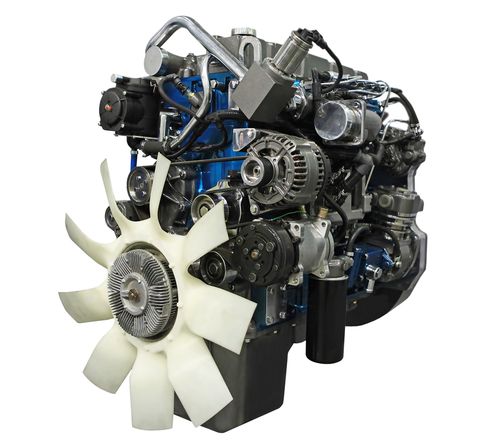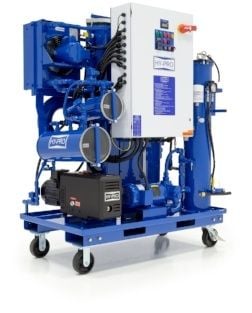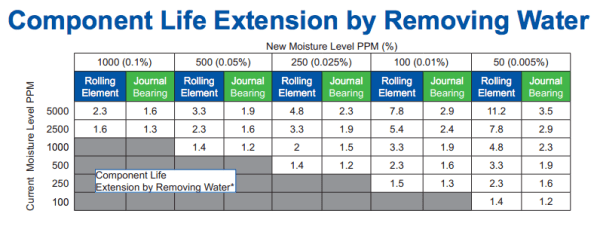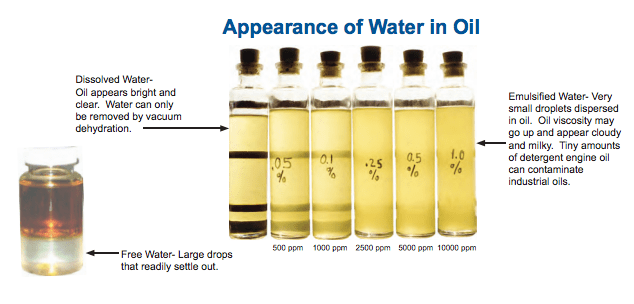Do you know what the 3 different types of water contamination are? What about the 4 methods to remove water from your fluid? Watch our short video for a thorough explanation of each.
3 min read
[Video] Water Contamination and Removal Methods
By Scott Howard on Mon, Jun. 02, 2014
Topics: hydraulic fluid water vacuum dehydrator coalesce technology headspace dryer video contaminination filter elements
4 min read
Diesel Fuel Filtration 101
By Hy-Pro Marketing on Wed, Apr. 02, 2014
Reduce unplanned downtime and maximize the fuel efficiency of your diesel engines
Diesel engines are widely used today. You can find them inside buses and tractor trailers traveling our roads, humming along in construction equipment and drill rigs, submerged in marine environments, and helping save lives in hospital generators, amongst many other applications. Diesel engines are popular for good reason. Not only do they have cleaner exhaust emissions, but they are also known for more reliable starts
Topics: water Water Contamination diesel filtration case study contaminination
4 min read
What is a Vacuum Dehydrator?
By Scott Howard on Mon, Sep. 30, 2013
If the hydraulic, lubricating, compressor or gear oil you use is not made of a water base in
Topics: water Water Contamination vacuum dehydrator contaminination VUD
2 min read
Hydraulic Oil Water Removal
By Hy-Pro Marketing on Wed, Nov. 14, 2012
Water is a compound that is required for practically everything on the earth. But within a lubrication or hydraulic system, it's one of the most damaging contaminants possible. Unfortunately, it's also one of the most common contaminants you'll find in your system.
Topics: water Water Contamination hydraulic oil contaminination
2 min read
Oil Vacuum Dehydrators: Managing Water in Rolling Mill Lubricating Oil
By Hy-Pro Marketing on Fri, Aug. 31, 2012
In our last post, Improving Rolling Mill Oil with Vacuum Dehydration, we discussed how the









